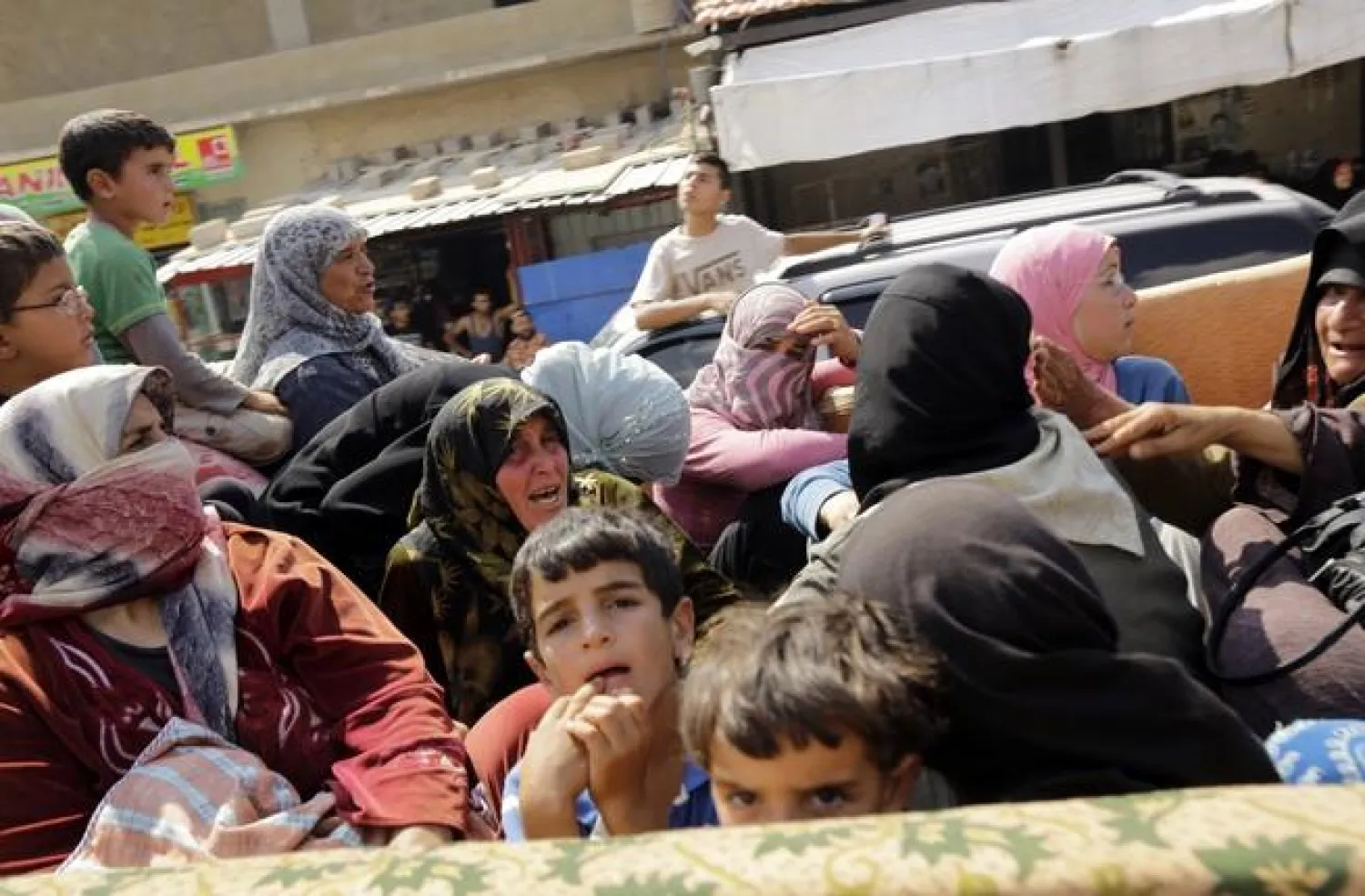Hamida Al-Qassem, a 50-year-old Syrian widow from the town of Jussiyeh, collects papers, cartons and plastic wastes from Lebanese streets and shops to provide heat for her seven children that have taken refuge in the Mousa camp in the center of the northeastern town of Arsal.
Al-Qassem is not tired from her daily task but still hopes to get some gas and oil distributed by the United Nations this year.
Her case is similar to hundreds of other Syrian refugees who live in eastern Lebanon’s camps, and whose sufferings elevate with the start of each cold wave.
The Arsal camps are located 1,500 meters above sea level, with temperatures dropping to -4 Celsius at night.
The refugees live in plastic-covered tents that provide no protection from the cold, snow and frost.
Maryam Dazzah has been living in similar conditions since her release from the Adra prison in Syria three years ago. She stays in a room with eight members of her family that also includes her 20-year-old daughter with special needs.
Dazzah was captured by Syrian regime forces after being accused of collaborating with opposition forces.
She said she was hopeless because only three members of her family received a UN red card that allows them to get aid from the organization, while the others, who refused to accompany her to Zahle, were not given a card.
“We received information saying that the UN will visit us in Arsal to verify the names of those allowed to receive aid because a large number of refugees are unable to travel to Zahle,” she said.
There are 93 camps with more than 120,000 Syrian refugees in Arsal.









